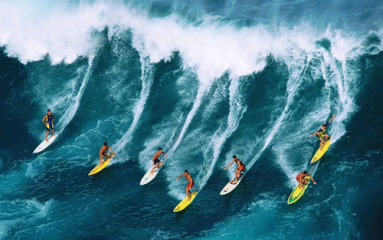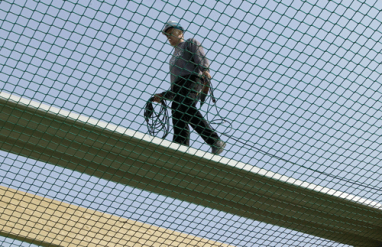Kentik Blog
























Digital transformation is underway. If you don’t believe it, read this week’s WSJ recap of a panel on the topic. You should also check out the earnings reports released this week by the big-three public cloud providers, who all saw spikes. Lastly, watch to Pandora talk about how the music-streaming company is getting better network performance for better customer experience. All that and more after the jump…
NPM appliances and difficult-to-scale enterprise software deployments were appropriate technology for their day. But 15 years later, we’re well into the era of the cloud, and legacy NPM approaches are far from the best available option. In this post we look at why it’s high time to sunset the horse-and-buggy NPM systems of yesteryear and instead take advantage of SaaS network traffic intelligence powered by big data.
Today we’re launching a weekly blog series called “News in Networking.” Tune in each week for a quick roundup of industry news that seems noteworthy to the Kentik team. This week’s highlights include a look at hot topics at the Open Networking User Group (ONUG) Spring 2017 conference, an article on bufferbloat (yes, it’s real) and the causes behind a slow internet, a list of IoT-enabled DDoS attacks that underscore security risks, and more…
Most of the testing and discussion of flow protocols over the years has been based on enterprise use cases and fairly low-bandwidth assumptions. In this post we take a fresh look, focusing instead on the real-world traffic volumes handled by operators of large-scale networks. How do NetFlow and other variants of stateful flow tracking compare with packet sampling approaches like sFlow? Read on…
It’s very costly to operate a large-scale Internet edge, making lower-end edge routers a subject of keen interest for service providers and Web enterprises alike. Such routers are comparatively short on FIB capacity, but depending on the routes needed to serve your customers that might not be an issue. How can you find out for sure? In this post, Alex Henthorn-Iwane, VP Product Marketing, explains how a new feature in Kentik Detect can show you the answer.
Not long ago network flow data was a secondary source of data for IT departments trying to better understand their network status, traffic, and utilization. Today it’s become a leading focus of analysis, yielding valuable insights in areas including network security, network optimization, and business processes. In this post, senior analyst Shamus McGillicudy of EMA looks at the value and versatility of flow for network analytics.
Today’s increased reliance on cloud and distributed application architectures means that denial of just a single critical dependency can shut down Web availability and revenue. In this post we look at what that means for large, complex enterprises. Do legacy tools protect sufficiently against new and different vulnerabilities? If not, what constitutes a modern approach to DDoS protection, and why is it so crucial to business resilience?
After presenting at the recent CIOArena conference in Atlanta, Kentik VP of Strategic Alliances Jim Frey came away with a number of insights about the adoption of digital business operations in the enterprise. In his first in a series of related posts, Jim looks at audience survey responses indicating how reliant enterprises — even those that aren’t digital natives or located in tech industry hotspots — have become on the Internet for core elements of their business.








